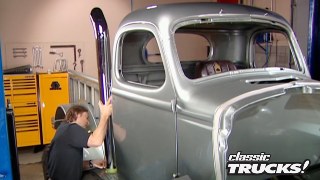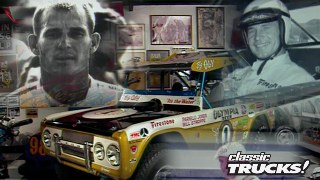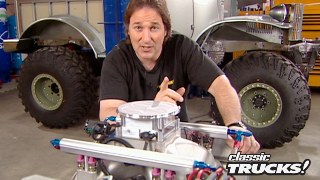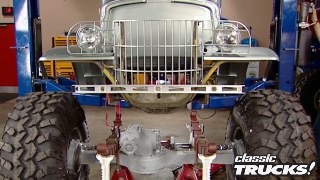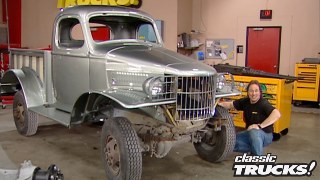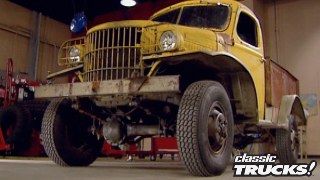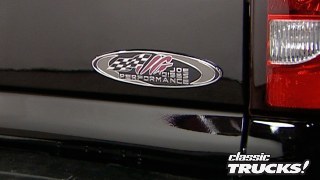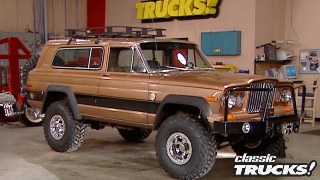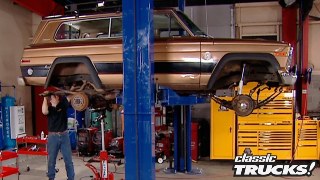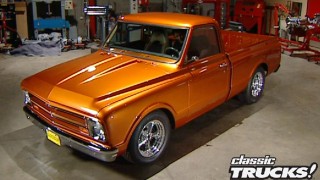
Paint Buffing & Polishing
Focusing on using the right materials and mastering the techniques of wet sanding, buffing, and polishing, we transform our truck's appearance, making it shine brighter than ever while easing the fear of tackling such a project on our own.
Season 6
Episode 2
Hosts: Stacey David
First Air Date: June 1, 2015
Duration: 18 minutes 15 seconds
